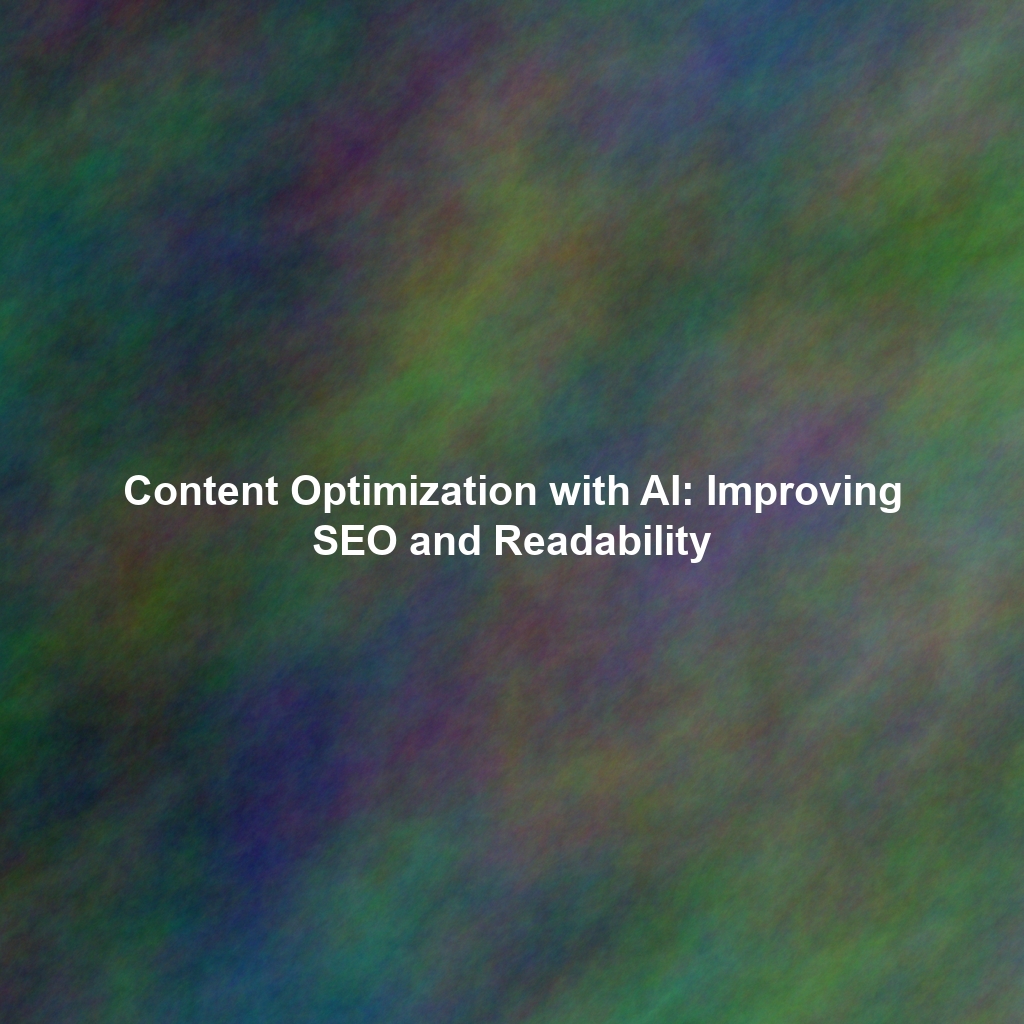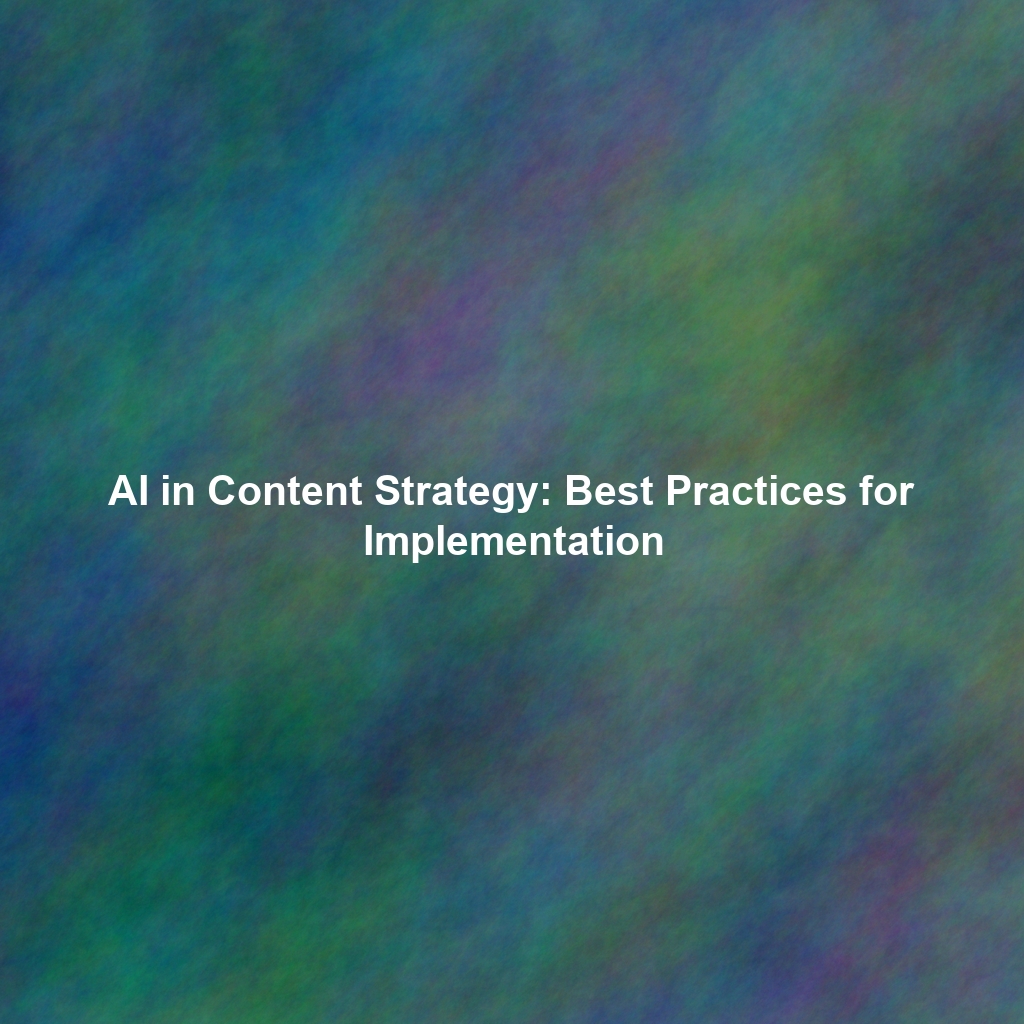In today’s dynamic marketing landscape, brands are constantly seeking innovative ways to connect with their target audience. One of the most popular and effective strategies is influencer marketing. However, a crucial decision lies in choosing the right type of influencer: the relatable micro-influencer or the attention-grabbing mega-celebrity. This article delves into the pros and cons of each, providing a comprehensive guide to help brands navigate this decision and align their influencer partnerships with their specific goals, budget, and target demographic.
Understanding the Landscape: Micro-Influencers and Mega-Celebrities
Before diving into the specifics, let’s define our terms:
- Mega-Celebrities: These are household names – actors, musicians, athletes – with massive followings often exceeding millions. Their influence is broad and reaches a large, diverse audience.
- Micro-Influencers: These individuals have smaller, more niche audiences, typically ranging from a few thousand to tens of thousands of followers. They are known for their expertise in specific areas and their authentic connection with their audience.
The Allure of Mega-Celebrities: Broad Reach and Brand Recognition
Pros of Partnering with Mega-Celebrities:
- Massive Reach: The primary advantage of collaborating with a mega-celebrity is their extensive reach. A single post can potentially be seen by millions, significantly boosting brand awareness.
- Brand Credibility and Association: Association with a well-respected celebrity can instantly elevate a brand’s image and lend credibility, particularly for newer or lesser-known brands.
- Instant Recognition: Celebrities bring inherent recognition to a campaign. Their face is instantly familiar, cutting through the noise and capturing attention.
- Large-Scale Campaigns: Ideal for national or international campaigns aiming for widespread visibility.
Cons of Partnering with Mega-Celebrities:
- High Cost: Celebrity endorsements come with a hefty price tag, often requiring a substantial marketing budget.
- Lower Engagement Rate: While their reach is vast, engagement rates (likes, comments, shares) are often lower compared to micro-influencers. The audience may perceive the endorsement as less authentic.
- Risk of Negative Association: A celebrity’s controversial actions or public image can negatively impact the brand they endorse. Thorough vetting is crucial.
- Lack of Authenticity: Consumers may be skeptical of celebrity endorsements, viewing them primarily as paid advertisements rather than genuine product recommendations.
The Power of Micro-Influencers: Authenticity and Engagement
Pros of Partnering with Micro-Influencers:
- Higher Engagement Rates: Micro-influencers typically have a more engaged audience who trust their opinions and recommendations. They foster genuine conversations and build strong relationships with their followers.
- Authenticity and Trust: Consumers perceive micro-influencers as more relatable and authentic than mega-celebrities. Their endorsements feel more like genuine recommendations from a trusted friend.
- Cost-Effective: Micro-influencer collaborations are significantly more budget-friendly, allowing brands to run multiple campaigns or work with several influencers simultaneously.
- Niche Targeting: Micro-influencers specialize in specific niches, allowing brands to target a highly relevant and engaged audience.
- Detailed Audience Knowledge: Micro-influencers usually have a very clear understanding of their audience and what resonates with them, providing invaluable insights for campaign optimization.
Cons of Partnering with Micro-Influencers:
- Limited Reach: The reach of a single micro-influencer is considerably smaller than that of a mega-celebrity. Brands may need to collaborate with multiple micro-influencers to achieve significant visibility.
- Time-Consuming Management: Managing multiple micro-influencer partnerships can be time-consuming, requiring careful coordination and communication.
- Risk of Inconsistency: Maintaining brand consistency across multiple micro-influencer campaigns can be challenging. Clear guidelines and communication are essential.
- Potential for Fraud: While less common, some micro-influencers may have purchased fake followers or engagement. Due diligence and careful vetting are important.
Choosing the Right Fit: A Strategic Approach
The ideal choice between micro-influencers and mega-celebrities depends on several key factors:
- Budget: Determine your marketing budget and allocate resources accordingly. Micro-influencers offer a cost-effective alternative for brands with limited resources.
- Target Audience: Identify your target audience and their preferred platforms and influencers. Micro-influencers excel at reaching niche audiences, while mega-celebrities offer broader reach.
- Campaign Goals: Define your campaign objectives. Are you aiming for brand awareness, lead generation, or sales conversions? Micro-influencers are often more effective for driving engagement and conversions, while mega-celebrities are better suited for brand awareness.
- Brand Values: Align your brand values with the influencer’s values and public image. Authenticity and credibility are crucial for successful influencer marketing.
Examples:
- Brand Awareness (Mega-Celebrity): A new beverage company launching a national campaign might partner with a well-known athlete to create widespread brand awareness.
- Targeted Marketing (Micro-Influencer): A sustainable fashion brand might collaborate with a micro-influencer specializing in eco-conscious living to promote their products to a highly engaged audience.
- Product Launch (Hybrid Approach): A tech company could use a mega-celebrity for initial buzz and brand association, then leverage micro-influencers to create tutorials and demos targeting niche segments.
Measuring Success: Key Metrics to Track
Regardless of the type of influencer you choose, it’s crucial to track key metrics to measure the success of your campaign. These metrics may include:
- Reach and Impressions: The number of people who saw the content.
- Engagement Rate: The level of interaction (likes, comments, shares) with the content.
- Website Traffic: The number of visitors driven to your website from the influencer’s content.
- Sales Conversions: The number of sales generated as a result of the influencer’s promotion.
- Brand Mentions: The number of times your brand is mentioned in relation to the influencer.
- Sentiment Analysis: Analyzing the overall tone (positive, negative, neutral) of comments and feedback related to the campaign.
Conclusion: A Balanced Approach to Influencer Marketing
The decision between micro-influencers and mega-celebrities is not a one-size-fits-all answer. The optimal approach depends on your brand’s specific goals, budget, and target audience. By carefully considering the pros and cons of each option and aligning your influencer partnerships with your overall marketing strategy, you can effectively leverage the power of influencer marketing to achieve your business objectives. Often, a balanced approach combining both mega-celebrities for initial awareness and micro-influencers for targeted engagement delivers the most impactful results.
 Skip to content
Skip to content

